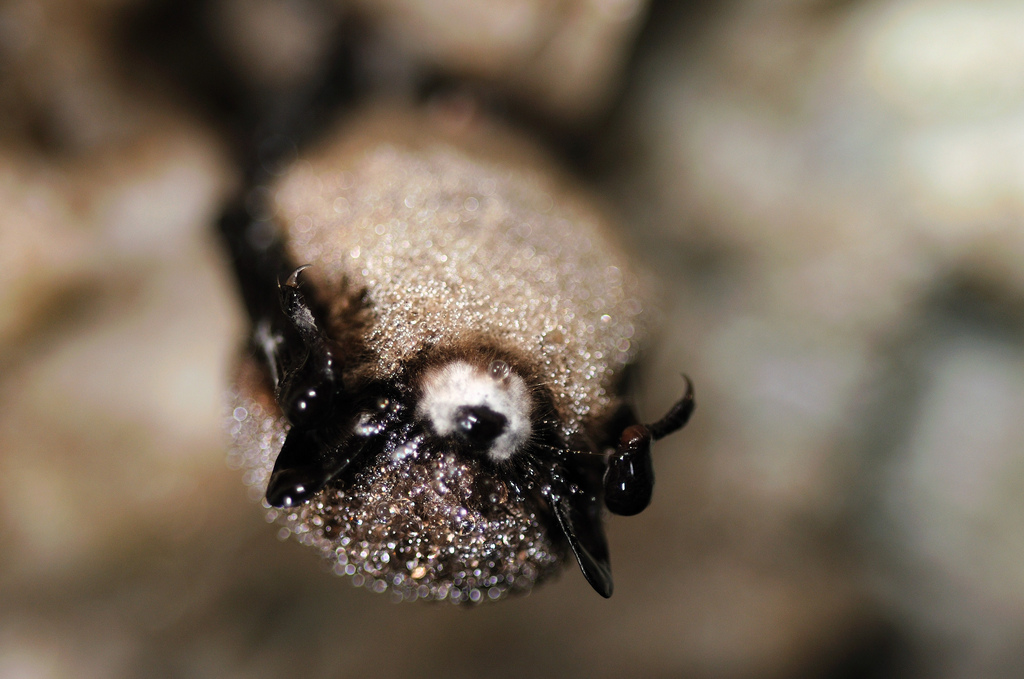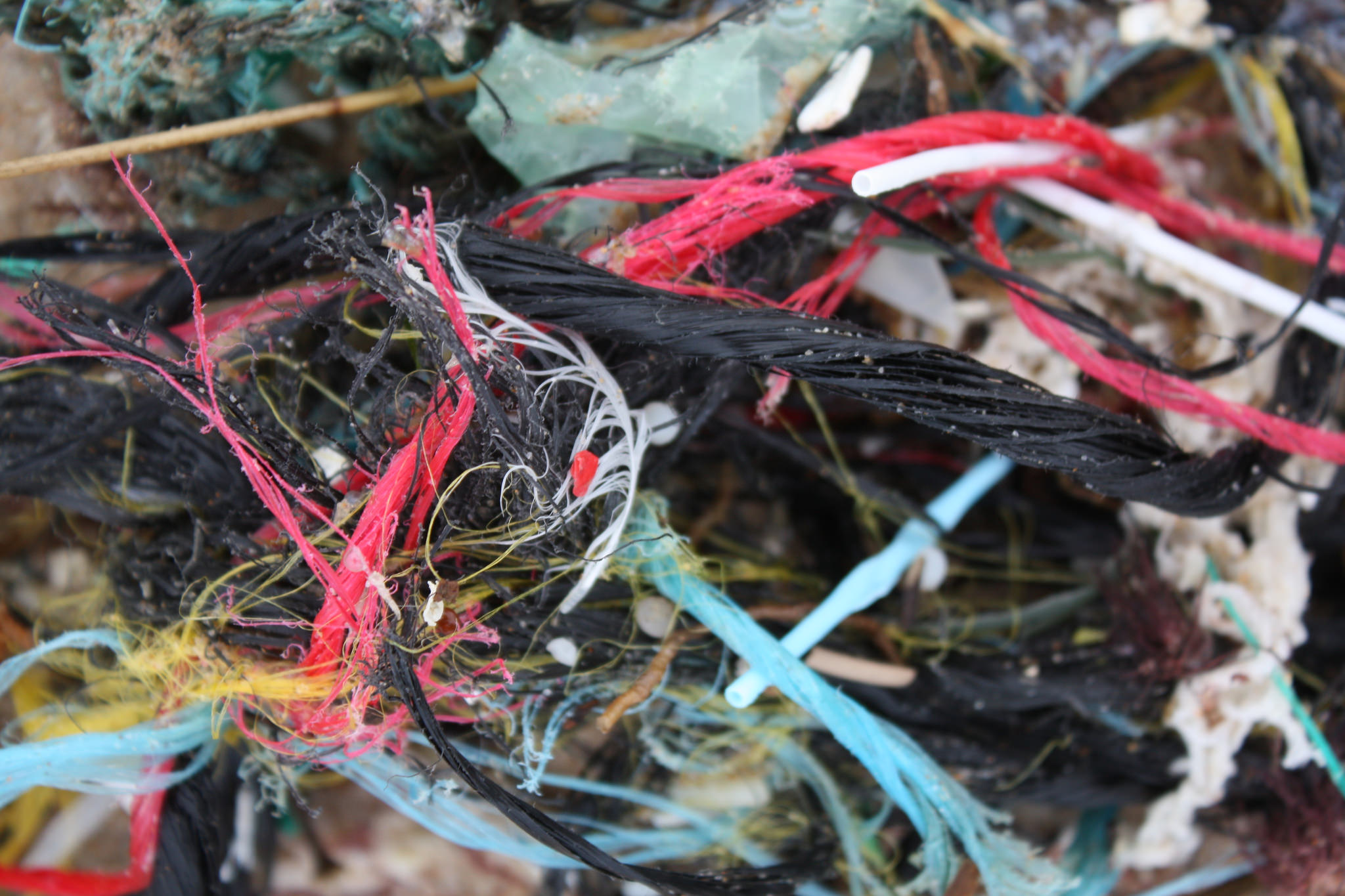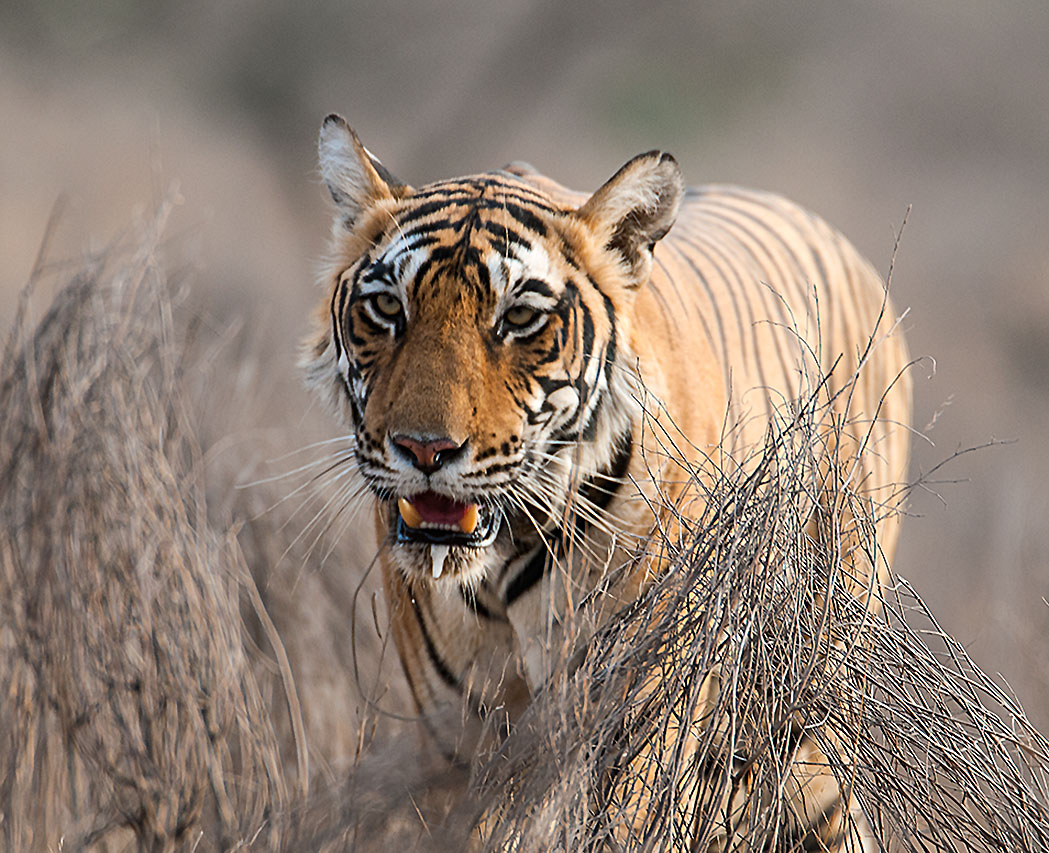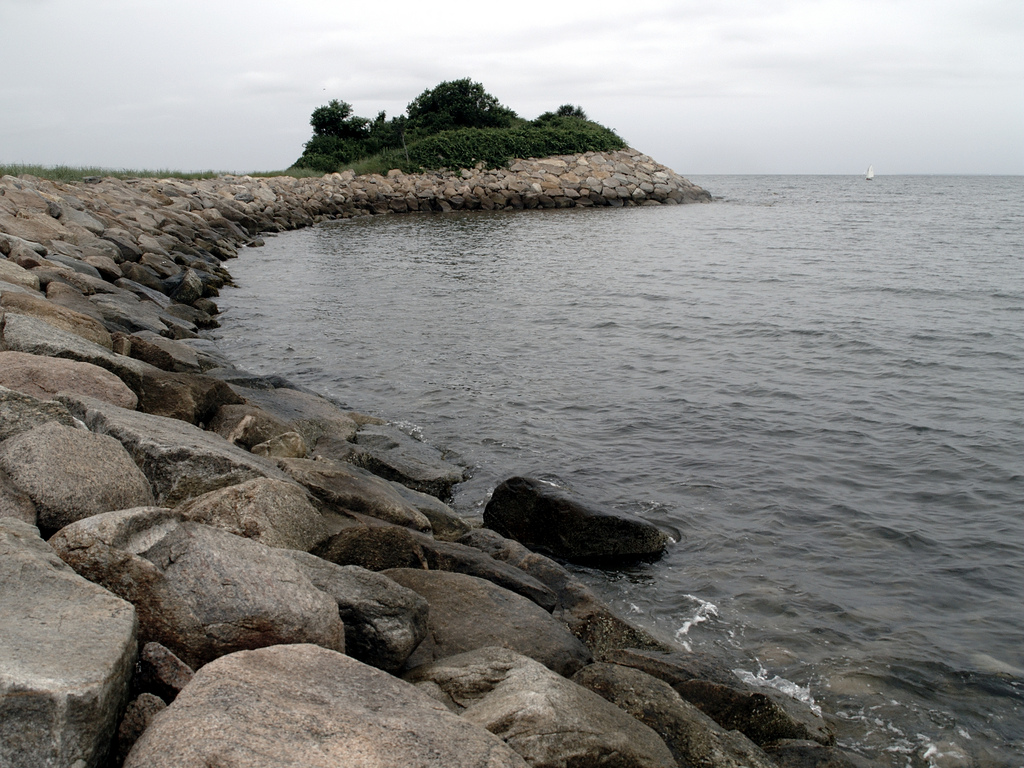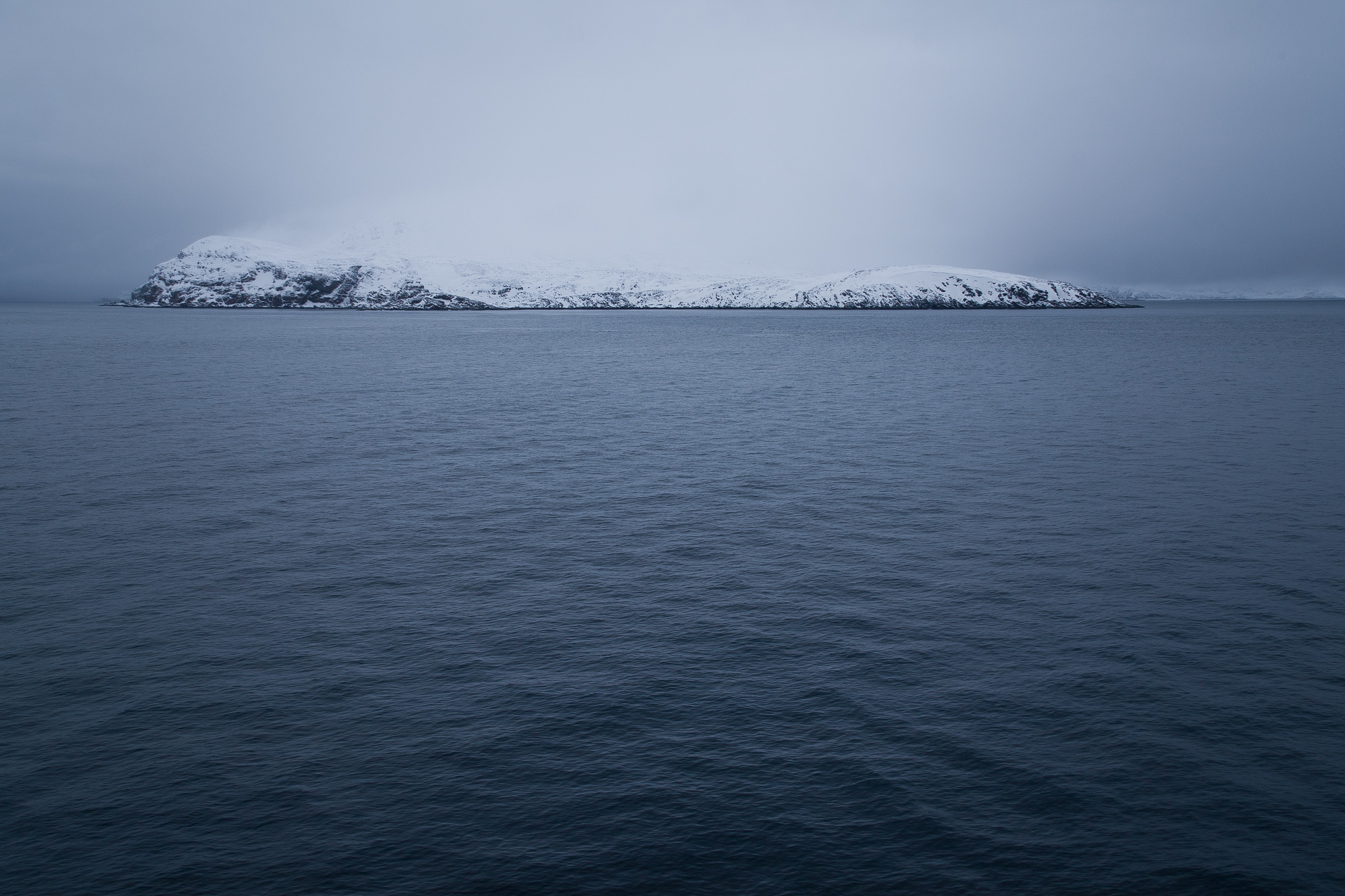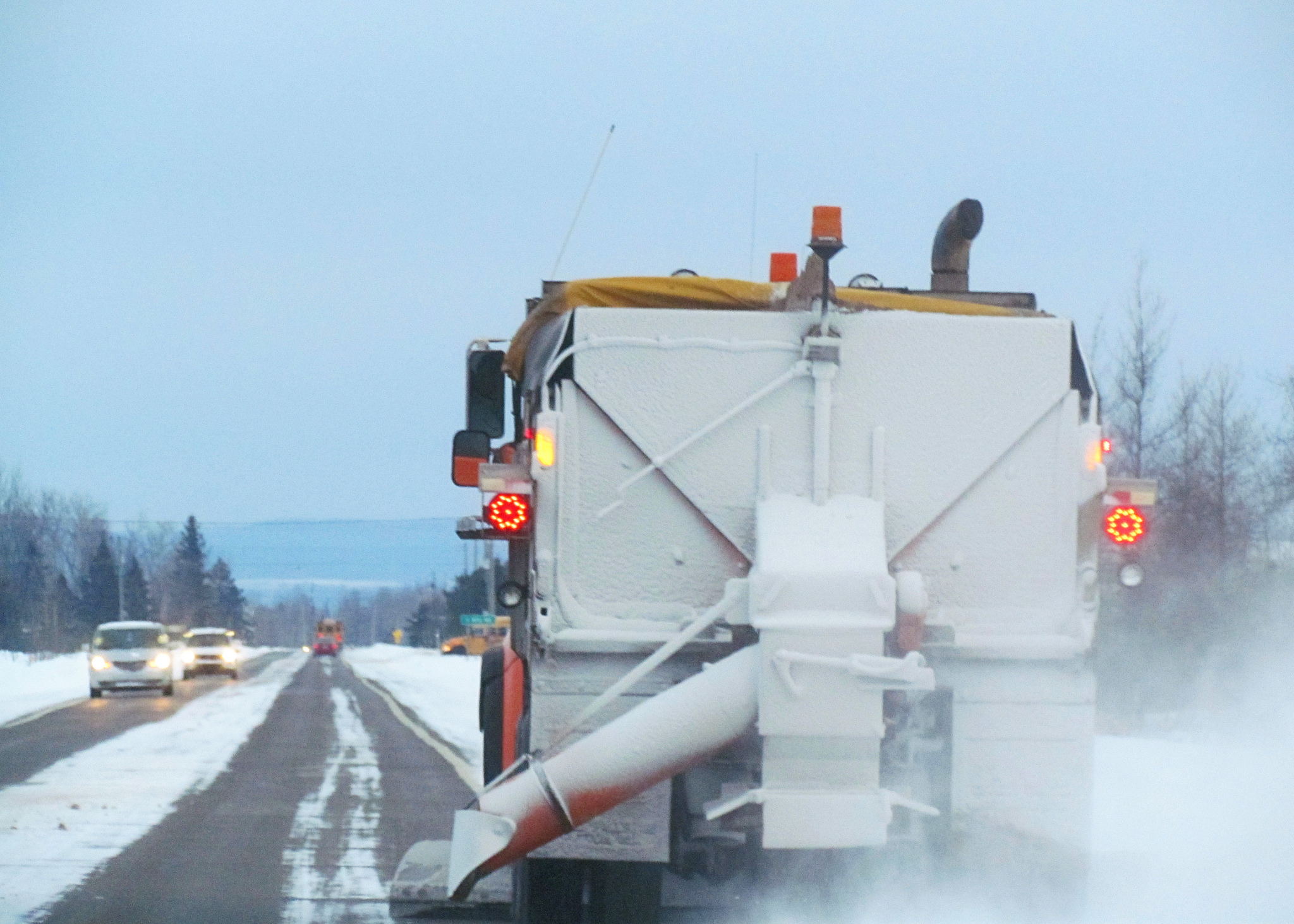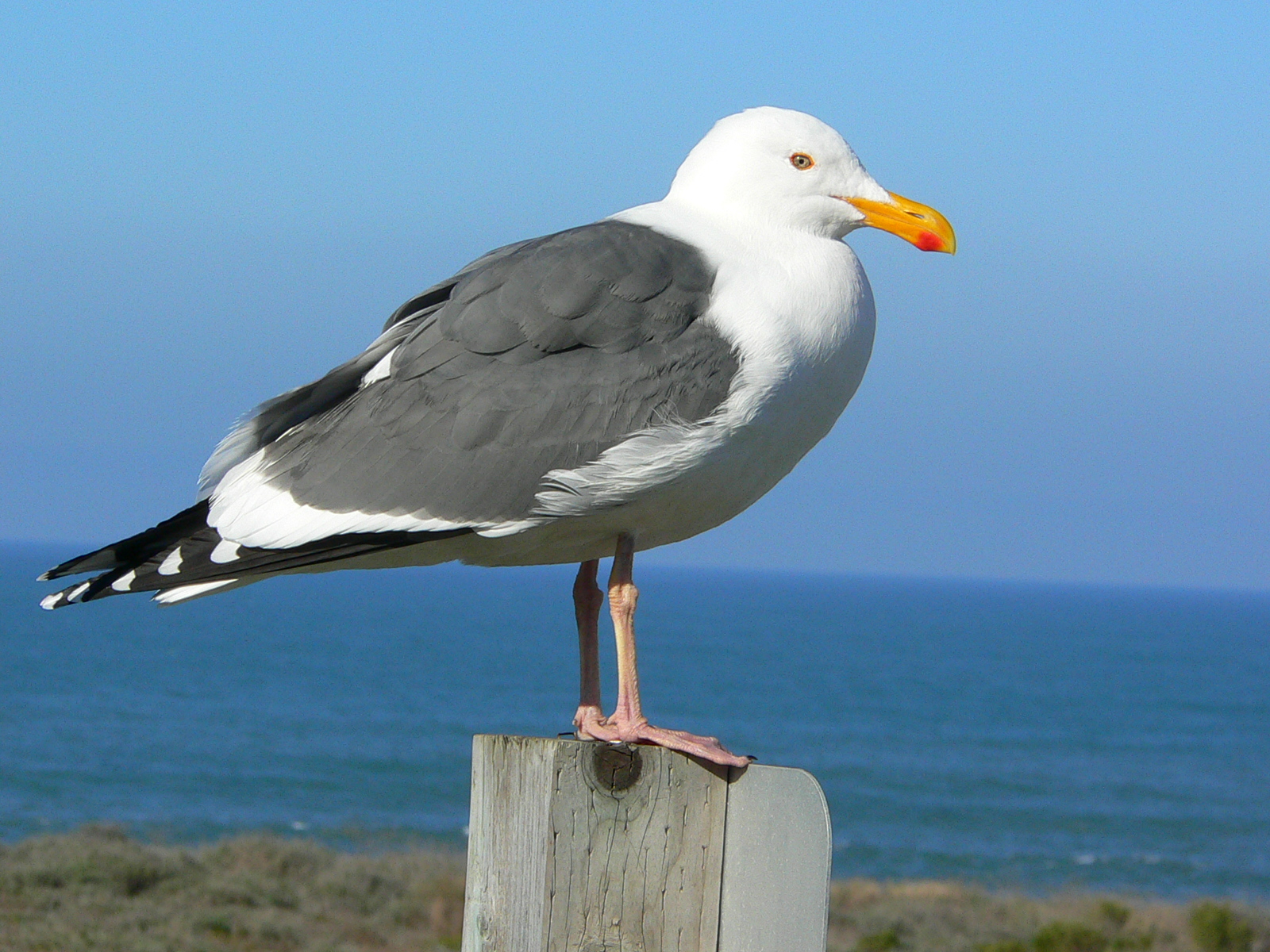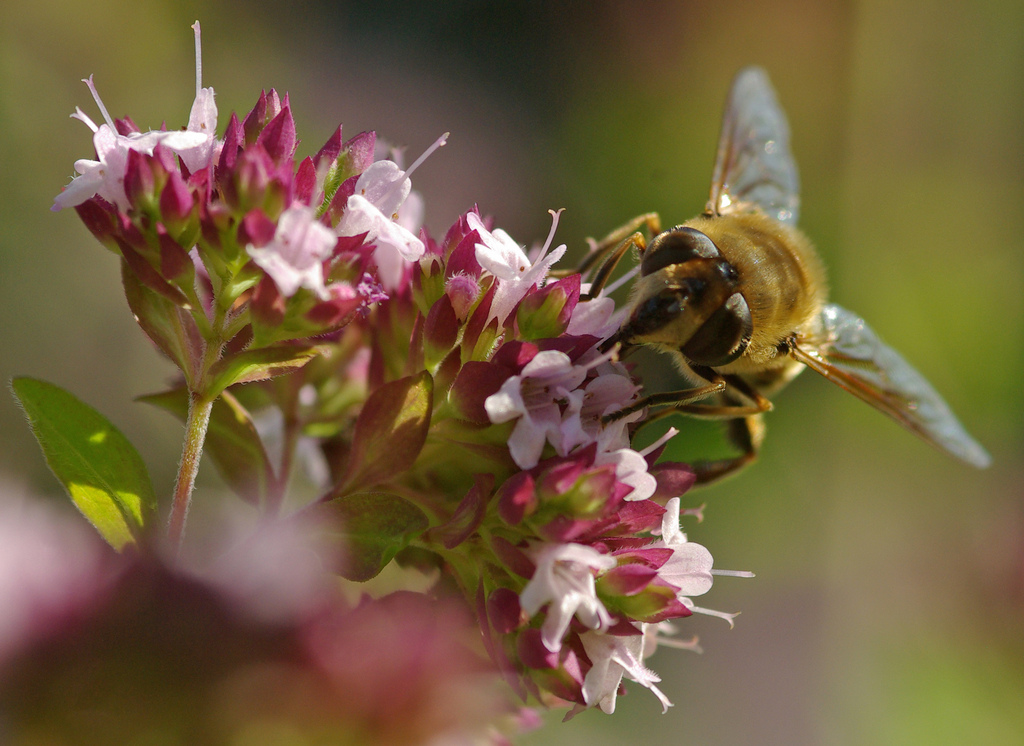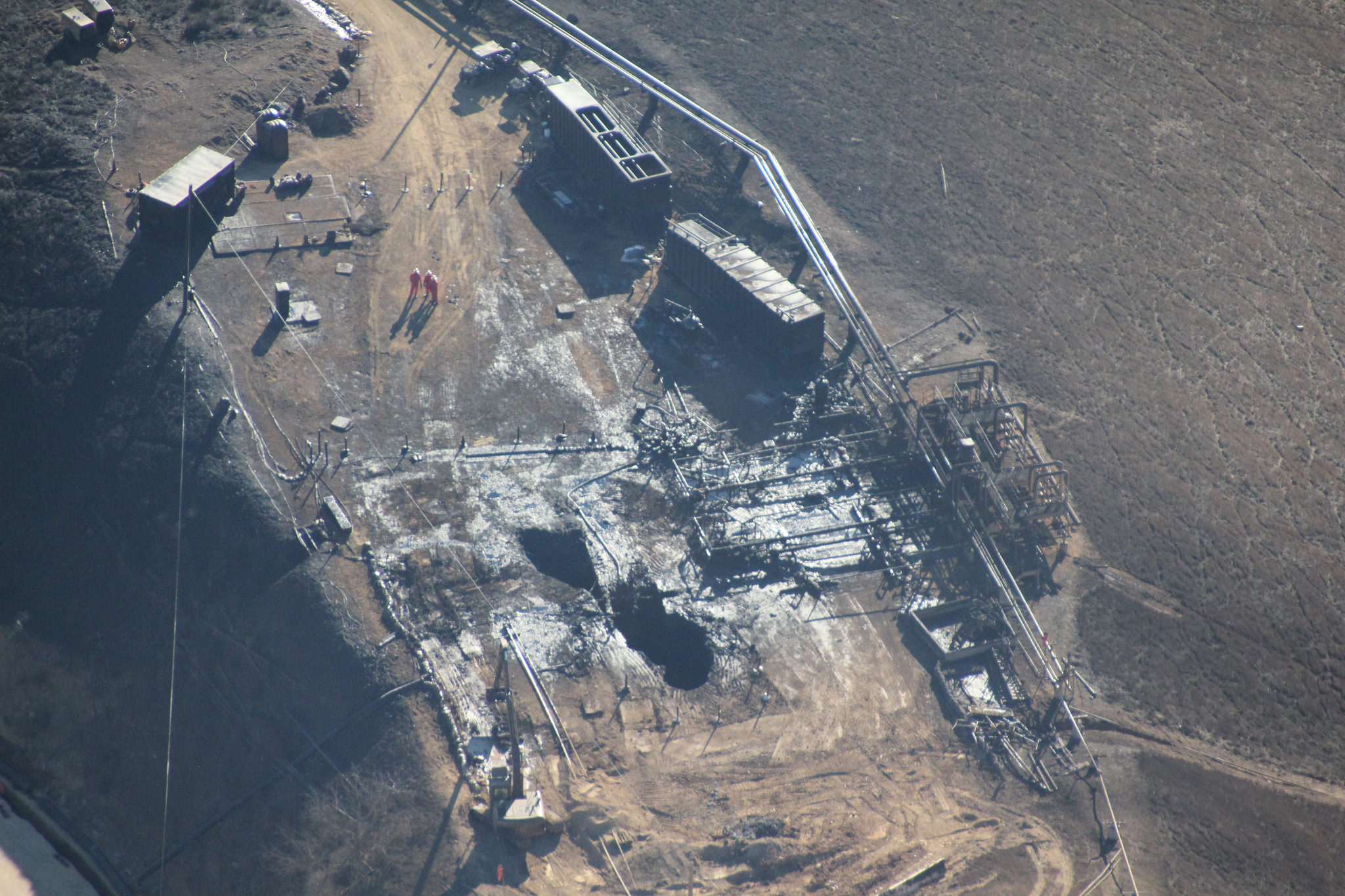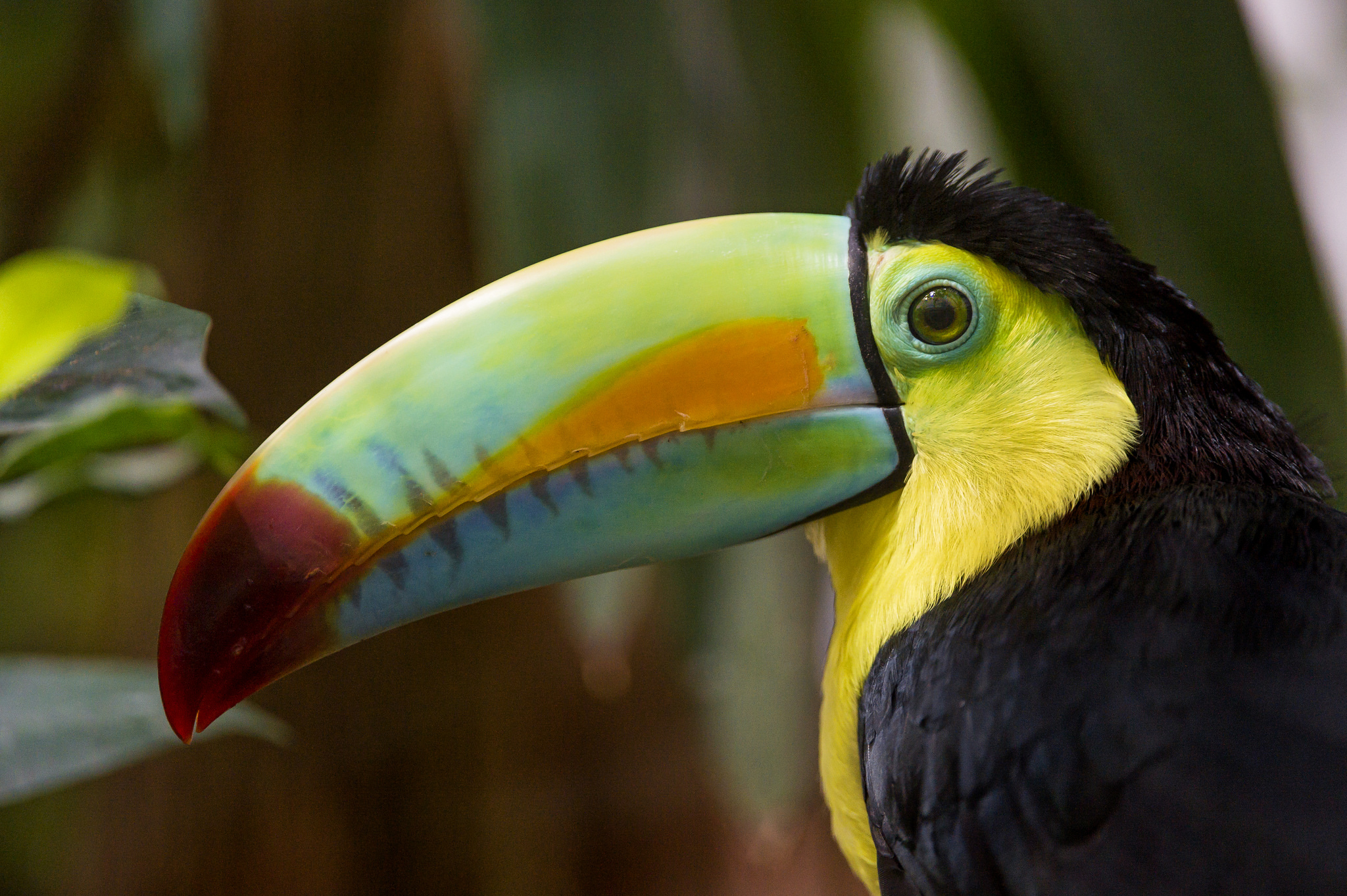Wildlife and Habitat
Go With The Flow
Have you ever wondered what happens when a fish encounters a dam or a culvert? Too often, these structures are barriers to breeding and nursery sites, feeding grounds, and vital genetic mixing. In a warming world, barriers also prevent fish from seeking refuge as stream temperatures change.
Fir Trees And Butterflies
We have done a number of stories about the sad state of the monarch butterfly and how their numbers have dropped from a billion to only 33 million as of a couple of years ago. Biologists in the U.S. have been trying to restore the summer habitat of the butterflies by urging the planting of milkweed, which is the primary host plants for monarch butterfly caterpillars.
The Hottest Year
2015 was the hottest year in the historical record, easily breaking the mark set only one year earlier. The unusually large El Niño weather pattern is releasing enormous amounts of heat from the Pacific Ocean into the atmosphere, but climate scientists say that the bulk of the record-setting heat is due to the long-term warming effects of greenhouse gas emissions. The global land surface temperature was 1.6°F above the 20th century historical average. That’s a huge jump from 2014, which was 1.3° above average. That may sound like very little, but for the planet as a whole, it is extremely large.
Fungal Diseases And Wildlife
Since the late 1990s, there has been an unprecedented global wave of virulent fungal infections that has been decimating whole groups of animals from salamanders and frogs, to snakes and bats.
Plastics And Our Oceans
Almost everyone everywhere comes into contact with plastics everyday. Their use has increased 20-fold in the past half-century, and production of the “ubiquitous workhorse material of the modern economy” is expected to double again in the next 20 years. Nearly one-third of all plastics are not properly disposed of or recycled.
Coexisting With Dangerous Carnivores
We come across many things that we don’t like but that are nonetheless good for us or good for the world in general. On some level, we all make cost-benefits analyses to decide what to do about various things that we might just as soon do without.
Climate Change And Buzzards Bay
The effects of climate change are being felt around the world, including in some well-known places in the Northeast. Buzzards Bay is a popular destination for fishing, boating, and tourism adjacent to Cape Cod in Massachusetts.
Arctic Ecosystems
Most of us are aware that shrinking ice cover is bad news for Arctic wildlife, with animals like polar bears and seals losing important breeding, nursery, and feeding grounds. What has received less attention is the impact ice loss has on life in Arctic waters. [Read more…] about Arctic Ecosystems
De-Icing Roadways
We have been using salt to keep winter roads free of ice and snow since the late 1930s. In the United States alone, some 20 million tons of salt are applied to roadways each year. And while its use has real benefits in terms of safety and navigation, there have been cumulative costs to the environment, including degrading freshwater resources and contaminating groundwater.
Lake Ohrid: Respecting An Elder
Nestled in the mountainous border between southwestern Macedonia and eastern Albania, Lake Ohrid is a deep, ancient lake. Its waters provide refuge to hundreds of plants and animals that live nowhere else, including seventeen species of fish.
Food Waste And Wildlife
We have talked quite a bit about food waste and in particular its impact on world hunger and on the economy. The world wastes more than $750 billion worth of food each year and 1.6 billion tons of food is left in fields, sent to landfills or scattered about the landscape. Another 7 million tons of fishery discards are dumped in the sea.
Beware The Blob
There has been plenty of discussion of El Niño, the periodic weather phenomenon in which prevailing easterly winds in the Pacific Ocean weaken, allowing warm water to move eastward and wreak havoc with the weather in North and South America. The current El Niño is a particularly strong one; some say it may be one of the strongest ever and are calling it the “Godzilla El Niño.”
The Second Hottest Year On Record
According to the National Oceanic and Atmospheric Administration – or NOAA – 2015 was the second hottest year ever recorded in the contiguous United States.
Wild Bee Loss Puts Crops At Risk
Between 2008 and 2013, the United States lost nearly a quarter of its wild bees. Some 39% of our nation’s croplands rely on pollinators. Important farming regions – from California’s Central Valley to the Midwest’s Corn Belt – are among the areas grappling with wild bee declines.
Crocodiles And Climate Change
Crocodiles are large aquatic reptiles that live throughout the tropics in Asia, Africa, the Americas, and Australia. The first crocodiles appeared approximately 240 million years ago – around the same time as dinosaurs. And while the resilient species did survive the last great extinction, crocodiles might not be climate change-proof after all.
California’s Methane Leak
It’s being called the largest environmental disaster in California’s history. On October 23, 2015, a massive natural gas leak erupted at a storage well operated by Southern California Gas in Aliso Canyon, outside of Los Angeles. The leak has forced more than 2,800 families from their homes, and to make that worse, they have no idea when they’ll be able to return.
Pulling Carbon Out Of The Air
The world is increasingly united in the desire to reduce carbon emissions into the atmosphere. There is much emphasis on reducing and someday eliminating our use of fossil fuels, which is the main culprit in the situation we find ourselves in today. More and more we are embracing the use of renewable energy sources to produce electricity and we are starting to slowly move away from internal combustion engines to power our cars.
Road Salt
Snow season is here. The chances are good you’ll find yourself behind a truck spreading salt on the roads in an attempt to deice them. You may even try a little salt on your own front porch. Annually we spread about 20 million tons of road salt in the U.S., and we’ve been doing it since the late 1930s.
Primates And Toucans As Climate Allies
Many of us have a soft spot for primates and toucans. These charismatic creatures are prized for their intellect and beauty. But did you know they also play a vital role in combating climate change?




